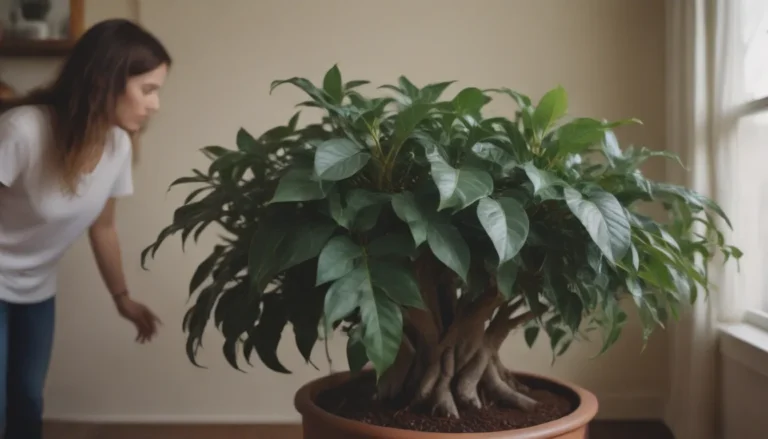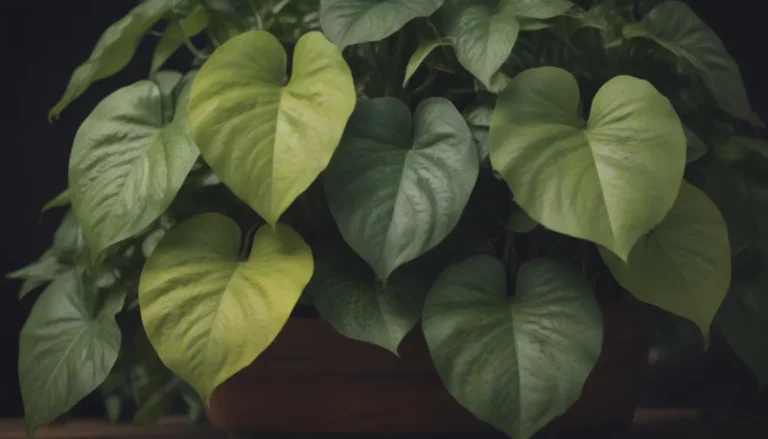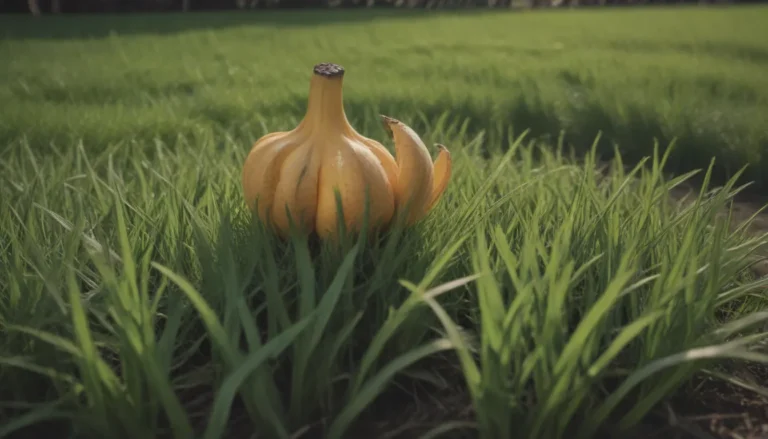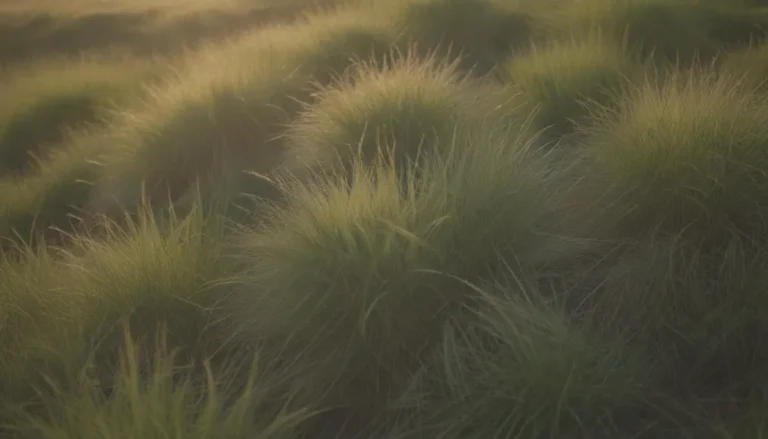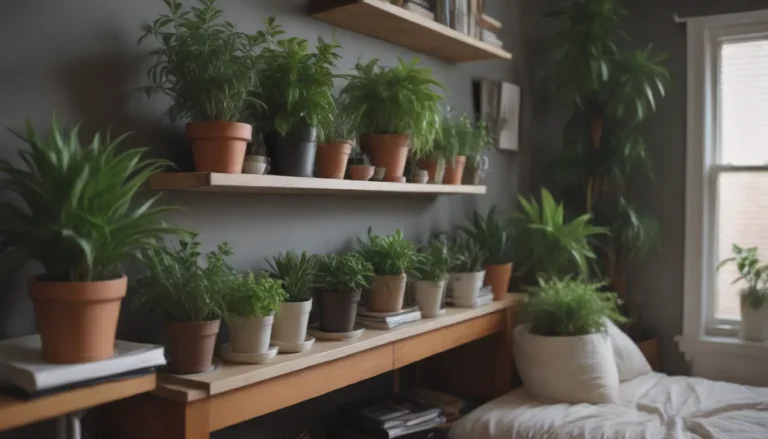Making the Most of Your Winter Garden with a Greenhouse
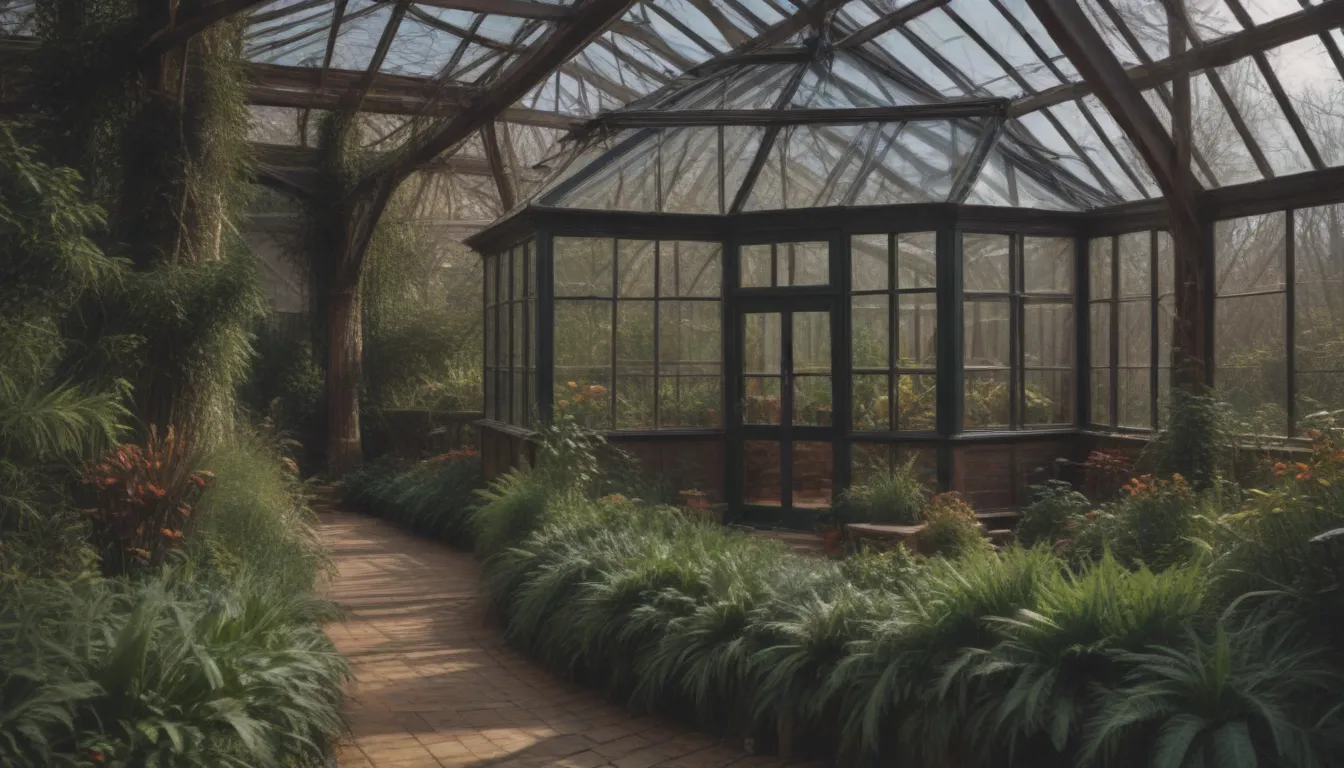
Do you love gardening but hate when the colder months roll around and force you to put away your gardening tools? Well, fear not! With the help of a greenhouse, you can continue to enjoy your favorite outdoor hobby all year long. Winter gardening in a greenhouse may sound daunting at first, but with the right knowledge and adjustments, you can have a successful growing season even when the temperatures drop below freezing.
Getting Started: Can You Use a Greenhouse in the Winter?
The answer is a resounding yes! You can definitely utilize a greenhouse for winter gardening. While some plants may need a bit more care and attention, many can thrive in a greenhouse throughout the winter months with minimal alterations. The key is to ensure that the interior temperature of the greenhouse stays above freezing, and to provide adequate ventilation to keep your plants healthy.
Choosing the Right Greenhouse for Winter Gardening
Not all greenhouses are created equal when it comes to winter gardening. Some are better suited for colder temperatures, while others may not provide enough insulation to protect your plants. Here are some types of greenhouses that work best in winter, from least efficient to most efficient:
- Double-walled polyethylene sheet greenhouses
- Double-walled glass greenhouses
- Half-wood walled greenhouses
- Half-brick walled greenhouses
When selecting a greenhouse for winter gardening, opt for one with a pitched or rounded roof to allow snow to slide off easily and prevent damage to the structure.
Keeping Your Greenhouse Warm in Winter
Maintaining a warm environment in your greenhouse during the winter months is essential for the health of your plants. The good news is that there are various methods, ranging from low-tech to high-tech, that you can use to keep your greenhouse warm. Here are three common methods for heating a greenhouse:
Black Water-Filled Barrel
A cost-effective way to raise the temperature in your greenhouse is by placing a black water-filled barrel inside. The black plastic will absorb heat during the day and release it at night, helping to keep your greenhouse warmer. In regions with extremely low temperatures, consider using a solar-driven pond pump to keep the water circulating and prevent freezing.
Electric Heater
For a more straightforward approach, you can install an electric heater in your greenhouse. Use a thermostat to regulate the temperature and ensure that the heater only runs when necessary. This method may be more expensive upfront, but it provides consistent heat when needed.
Compost Bin
An environmentally friendly and practical way to heat your greenhouse is by adding a compost bin. By combining woodchips, manure, green and brown waste, and compost starter, the bin can generate heat as it decomposes. With regular stirring, you can distribute the materials effectively and maintain a warm environment in your greenhouse. Plus, you’ll have homemade compost ready for spring gardening.
Best Vegetables for Winter Greenhouse Gardening
Now that you have a greenhouse set up for winter gardening and know how to keep it warm, it’s time to decide what to plant. Here are some vegetables that thrive in a winter greenhouse:
- Kale
- Brussel sprouts
- Spinach
- Potatoes
- Winter lettuces
- Cabbage
- Broccoli
- Bok choi
These vegetables are cold-tolerant and can continue to grow throughout the winter months with proper care and attention. Experiment with different varieties to see which ones perform best in your greenhouse.
Additional Tips for Successful Winter Gardening
- Monitor the temperature regularly: Invest in a thermometer for your greenhouse and check it regularly to ensure that the temperature remains within the optimal range for your plants.
- Provide adequate ventilation: While it’s crucial to keep your greenhouse warm, it’s also essential to ensure proper airflow to prevent mold and disease. Open vents during the day to allow fresh air to circulate.
- Water wisely: In colder weather, plants may not need as much water as they do in warmer months. Adjust your watering schedule accordingly to prevent overwatering.
- Protect plants from frost: Consider using frost cloths or row covers to shield delicate plants from frost and freezing temperatures.
With the right setup and care, you can enjoy a thriving winter garden in your greenhouse. Experiment with different vegetables, heating methods, and growing techniques to find what works best for you. Winter gardening doesn’t have to be a chore – it can be a rewarding and enjoyable experience that keeps your green thumb busy all year long. So, don’t let the cold weather stop you from doing what you love. Get out there and start growing in your winter greenhouse today!

